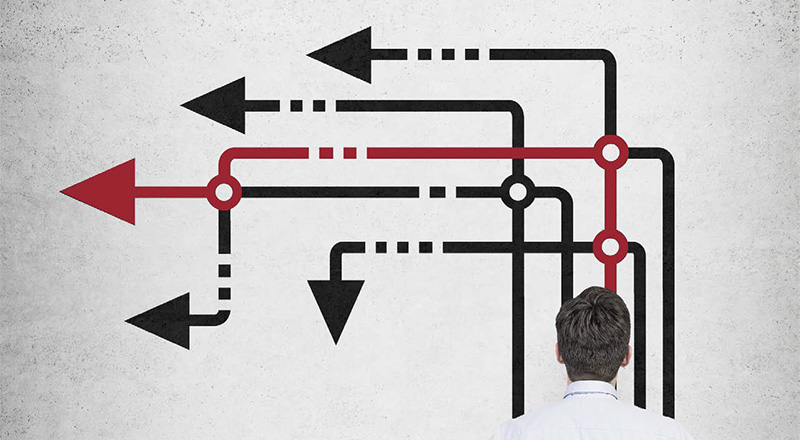With high consumer demands comes more product and increased sales, resulting in growth. Growth is great, but where do you put all of the new product being produced and how do you get it to your customers quickly?
In a recent study conducted by Peerless Media, it was confirmed that most of the respondents are indeed experiencing growth in their companies. Respondents also made it clear that their two largest issues were with insufficient space and outdated storage, picking or materials handling equipment.
Aaron Corcoran, account executive at Westfalia, and guest speaker Dave Williams, director of software and solution delivery at Westfalia, recently hosted a webinar titled “Considering Automation? Analyze how your warehouse can be transformed with automation.” This webinar discussed how to analyze your warehouse data and how automation technology can be a solution for growing companies with more SKUs.
During the webinar, Corcoran explained how to optimize space and increase efficiency for continued growth. He also analyzed three main challenges that manufacturers are facing today and provided solutions.
Challenge: Higher consumer demand for product more frequently with more diverse SKUs
Solution: Increase productivity and improve accuracy rates by optimizing picking
Challenge: Increased output demand and staged order square foot issues
Solution: Have orders picked when the truck arrives on-site utilizing just-in-time (JIT) order fulfillment strategies
Challenge: Running out of space
Solution: Retrofit your facility with a high-density, multiple-deep automated storage and retrieval system (AS/RS) allowing you to “do more with less”
As you can see, there are automated solutions for each of the main challenges manufactures are facing today. So the big question is, what do you need to do to start the process of implementing automation into your warehouse?
To end the webinar, Corcoran stated, “Automation is a supply chain game changer. Not only for us, but for you. We bring the automation and technology of our solutions to the table but we also need to have the workers from your side of the table.”
Take an hour and join Aaron as he walks you through the steps of analyzing your warehouse data by watching our automation webinar.
Article topics
Email Sign Up

















